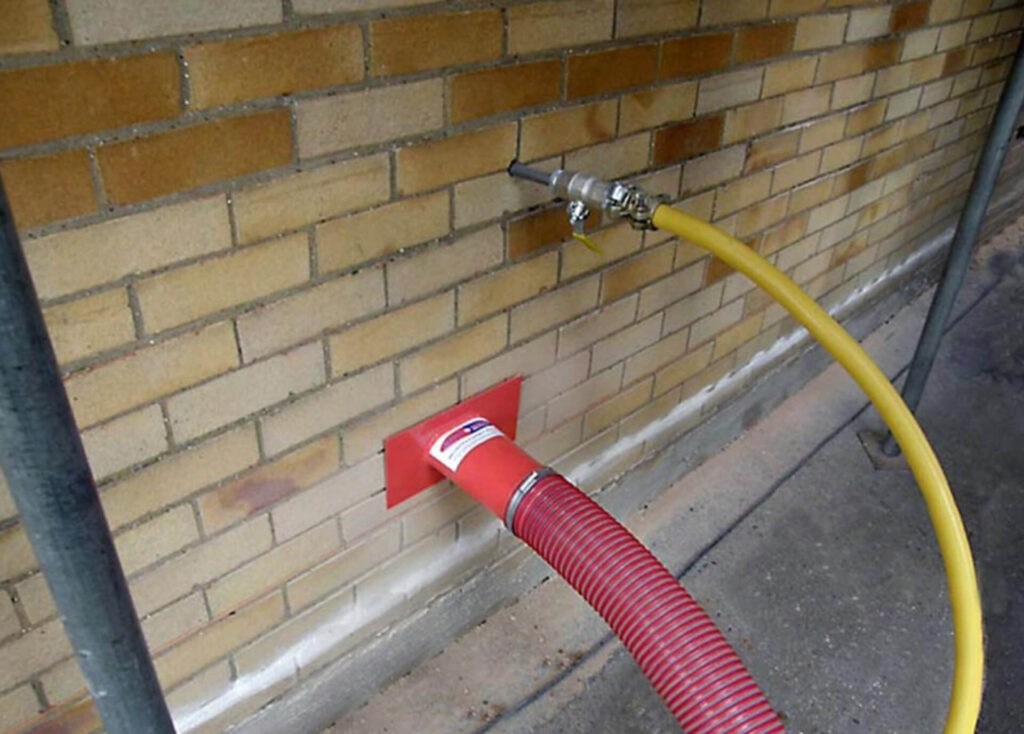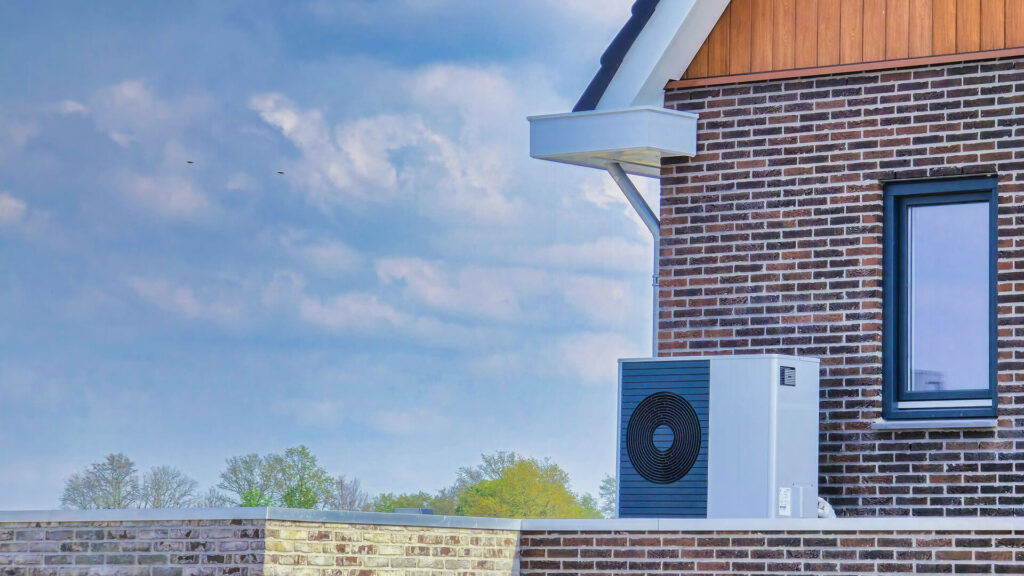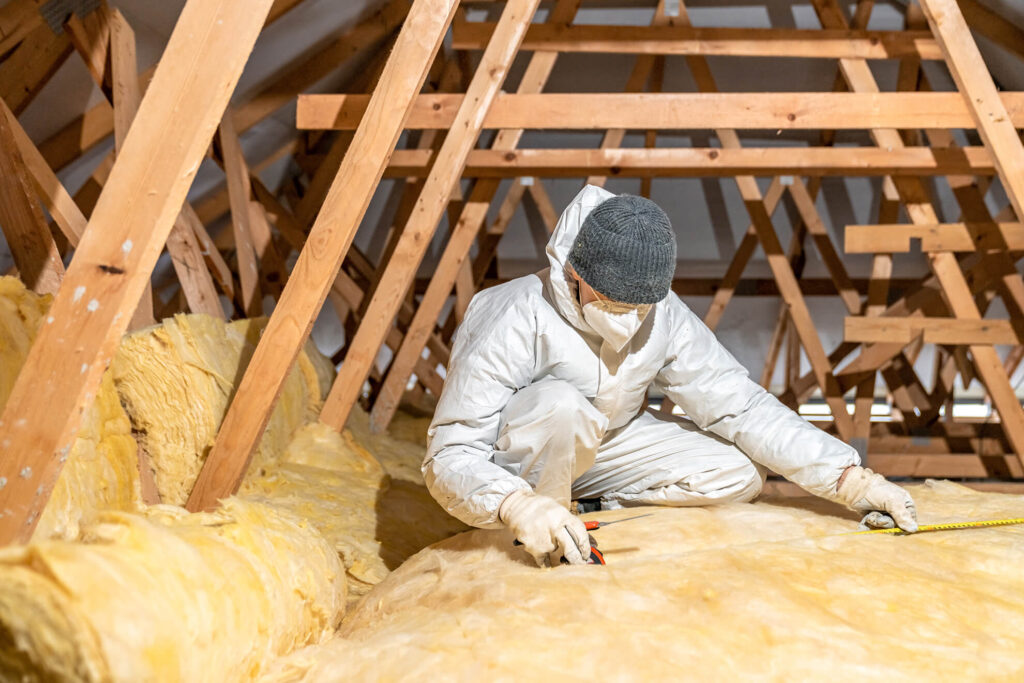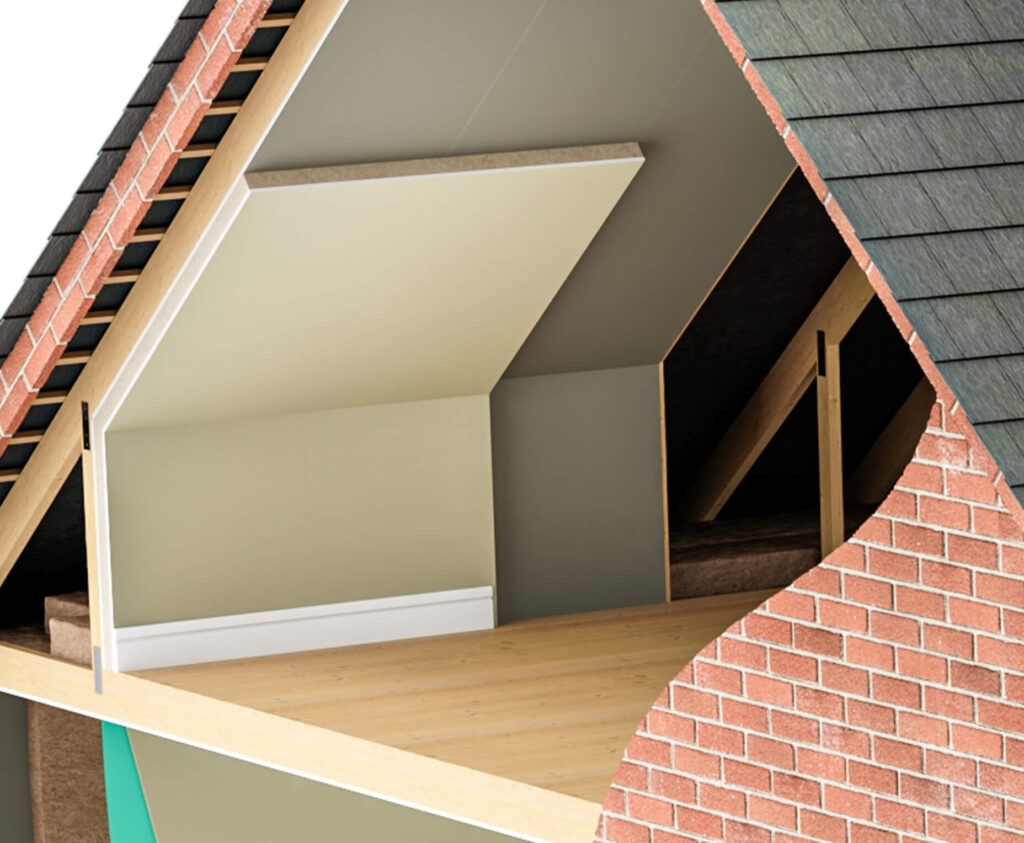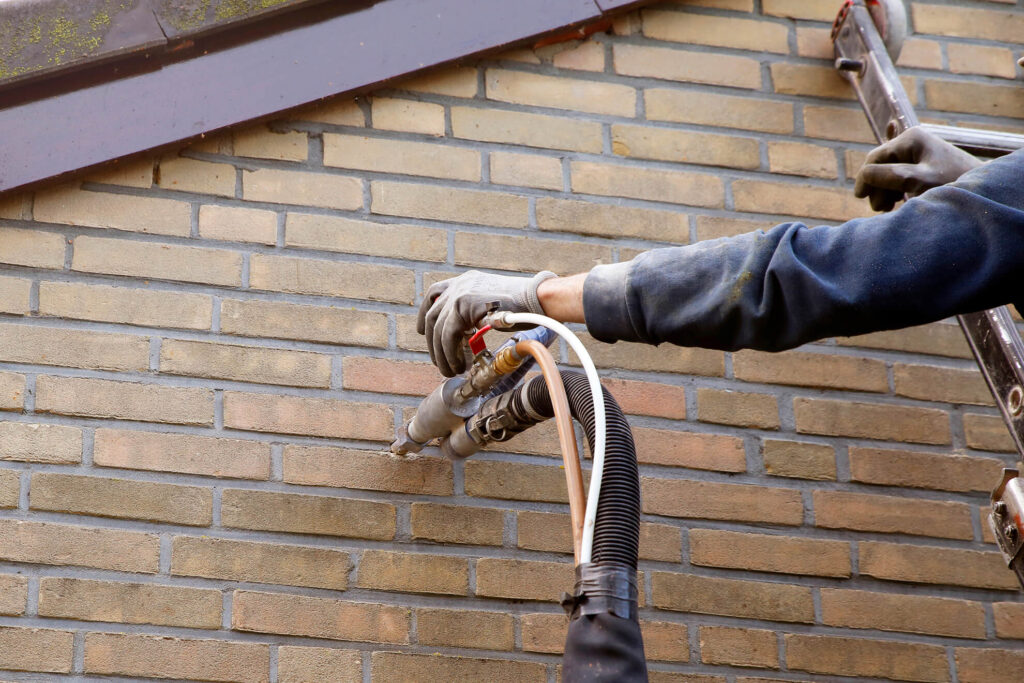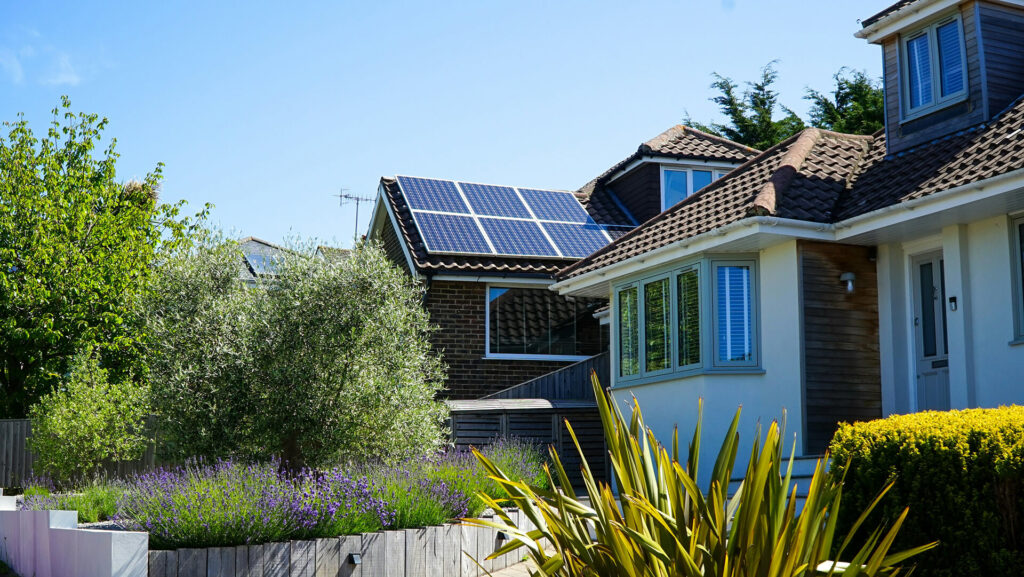Internal Wall Insulation (IWI) is the key to enjoying a more energy-efficient home. Did you know that up to 45% of a home’s heat is through the walls of uninsulated houses across the UK?
If you’re looking to upgrade your home insulation, are renovating an older property, or like 1000s of homeowners across the UK want to optimise your home’s energy efficiency to reduce bills and enjoy a more comfortable living space throughout the year, then looking at internal wall insulation should be your first step.
After reading our quick guide, you’ll understand what types of internal wall insulation measures are available, the savings they offer, and how to proceed to the next step in future-proofing your energy bills.
What is internal wall insulation?
Simply put, internal wall insulation improves a home’s energy efficiency by insulating the interior surfaces of the external walls inside a property. This can be done by creating an airtight layer in the form of a stud wall on the inner side of the walls, to which insulation can be added, creating a thermal barrier and improving the house’s energy efficiency.
What insulation should I use for internal walls?
Firstly, you need to understand what kind of property you live in. There are two types of walls: cavity walls and solid walls. As a rule of thumb, most modern homes built after 1945 have cavity walls, and older houses, generally pre-1945, have solid brick walls.
Internal wall insulation is often the choice of homeowners when it is not feasible to insulate the exterior of the house or when cavity wall insulation is challenging.
Type of internal wall insulation
Different materials are available on the market for insulating internal walls, each with its own unique benefits and advantages.
Rigid insulation boards
Rigid insulation boards allow you to insulate and finish the wall in one product and are a good option for solid wall insulation. PIR (polyisocyanurate) or phenolic foam, known for their excellent thermal properties, is fixed to the plasterboard and can be fixed to the wall.
Mineral wool
Mineral wool is available in batts, made of small but firm, square-cut pieces of insulation. The material is typically produced from molten glass or rock, producing glass or rock wool insulation.
Natural fibre insulation
Natural fibre insulation made from sheep wool, wood fibre, or hemp is an environmentally friendly product with breathability and moisture control among its key benefits.
SWIP internal wall insulation
SWIP internal wall insulation simplifies the process of upgrading a property’s existing solid (and cavity) walls to deliver high levels of thermal performance through a 10-point system of components that work together to deliver energy-efficient performance:
- SWIP Stud
- SWIP Batt
- Plasterboard fixing
- Sealant
- Plasterboard
- Fixing to masonry
- Wall plugs
- SWIP Vapour Control Layer
- SWIP Intello Membrane
- SWIP Reveal Boards
The SWIP IWI system delivers a sustainable product to today’s homeowners looking to lower their carbon footprint with Earthwool SWIP Batt. Using recycled glass and silica sand, the product achieves an A+ BRE Green Guide rating and uses renewable materials instead of petro-based chemicals, offering a fully recyclable product.
Why use SWIP internal wall insulation system?
The advantage of SWIP IWI over other methods on the market is that traditional internal wall insulation using timber or metal studs requires a thicker insulation board, which encroaches on the internal space of your house. The SWIP system uses innovative thermally insulated studs, which result in thinner insulation boards, so you don’t lose any space inside your home and delivers high levels of thermal performance, as noted below in U-values.
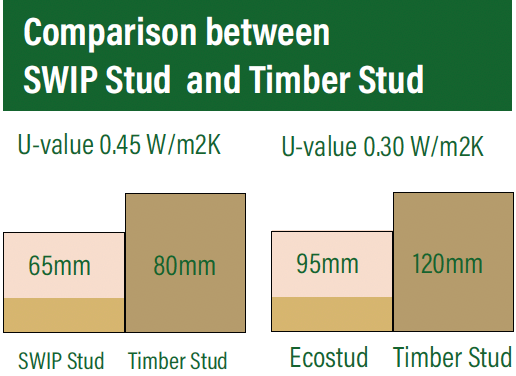
10 Benefits of Using SWIP IWI System
1. High Thermal Performance
Significantly reduces heat loss, improving the energy efficiency of your home.
2. Thin Insulation Boards
Effective insulation is delivered via slim insulation boards, which don’t take up valuable space in your home.
3. Moisture Resistant
The SWIP IWI product assists in preventing dampness and condensation issues.
4. Quick Installation
Easy to install so that you will experience less disruption to your home upon fitting.
5. Sustainability
SWIP IWI uses Earthwool SWIP Batt, made from recycled glass and silica sand, with an A+ BRE Green Guide rating and fully recyclable materials.
6. A Comfortable Home
With cold areas gone, your home will be warmer in winter and remain cooler in summer.
7. Soundproof
Enjoy a quieter home and notice reduced external noise.
8. Environmentally Friendly
Step towards a greener future by lowering your home’s energy consumption through insulation.
9. Certified Quality & Installation
Industry and installer certified for safety and performance.
10. Durable
Built to last, ensuring your insulation remains effective for years with a 25-year guarantee.
Internal wall insulation cost and savings
The cost of installing internal wall insulation in your property will depend on several factors, including the size of your home and the type of insulation you choose. Depending on the condition of the walls you are looking to insulate, you will determine what, if any, works need to be carried out before the installation process.
Potential government grants and incentives exist to bring the UK’s homes into line with reaching net zero by 2050, so explore these by requesting your FREE Home Energy Audit Today
Is internal wall insulation worth it?
Definitely! The long-term savings will show in your future energy bills. Insulating your home’s internal walls can save you £100s yearly and reduce carbon emissions by almost 2 tonnes per year on a typical 3-bed semi-detached house with the SWIP IWI system installed. Internal wall insulation is generally cheaper than external wall insulation.
You also have the added advantage of enjoying a healthier home with improved air quality inside your home by decreasing and eliminating air leakage between the interior and exterior environments.
Why choose SmartStone Energy Solutions for your IWI installation?
With an extensive list of accreditations, SmartStone is a member of the National Insulation Association (NIA) and TrustMark registered. They are also Green Deal-approved and SWIP-approved installers of internal and external wall insulation. As a family-owned business, SmartStone prioritises customer satisfaction, consistently delivering a reliable experience and achieving an impressive review score of 9.72 on Checkatrade. With positive reviews and excellent feedback, you can have peace of mind that your property insulation needs are in safe hands, making SmartStone specialists the top choice for energy-saving solutions.
